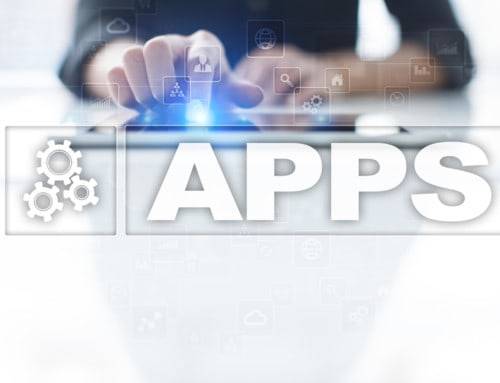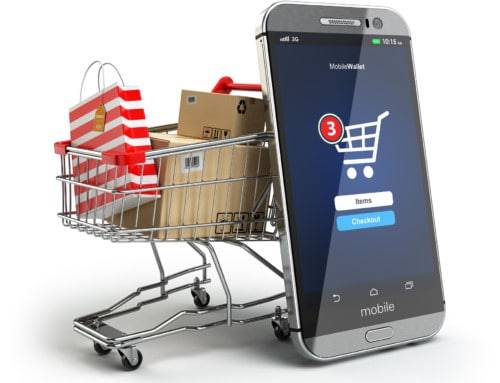Experimental musician Laurie Anderson (who’s quoted in the title of this blog) hit the proverbial nail on the head. With the advancement of digital communication technology, mass media has taken on a new connotation today. Compared to just a generation ago, people all over the globe are now creating and sharing stories every day using some form of digital technology.
In many ways, this shift in storytelling is disrupting the way we traditionally have done marketing. Since this blog is all about B2B/B2C communications, let’s consider what this means for your business today.
In a nutshell, people’s habits are changing, and businesses need to adapt by using the storytelling methods of our day. Otherwise, people (potential customers) may go where the customer experience is more to their liking. This has implications for both B2C and B2B businesses because people’s habits follow them wherever they go.
It has been said, almost to the point of exhaustion, that the Millennials are the leading disruptors because of their penchant to use digital technology to the Nth degree. What has not been said as much is that Gen Xers and Boomers are right behind them. The persistence of digital communications technology, which has stretched from the era of PC desktops and now to our smartphones and tablets, explains why this is a generational trend and not a fad.
Businesses that embrace changing societal habits are positioning themselves to remain relevant in this brave new world of omni-communications, i.e., digital campfires. Businesses that continue to stoke only the traditional ways may find out the hard way that no one is listening. They risk sounding something like the adults in the popular Charlie Brown cartoons, if they are heard at all.
Maybe it’s time for a reality check. As explained in a recent webinar hosted by Retail Customer Experience, retailers feel compelled to push the envelope of tradition (think Black Friday sales on Thanksgiving) because millions of Millennials are disrupting the shopping experience by using mobile devices powered by real-time data and social media to seek out the best deal with laser-like focus. Apparently, price matters to Millennials more than traditions.
According to the webinar, Millennials Disrupt Shopping: The New World of Connected Shopping,
- 89 percent of Millennial shoppers use smartphones to connect to the Internet on a daily basis.
- 55 percent rely on social media as their primary source for shopping news and information, easily outdistancing television, which ranked sixth.
- 95 percent of Millennials have the same or greater sensitivity to price as last year.
- Google and Amazon are far and away Millennials’ preferred method of comparison-shopping on smartphones.
- 88 percent would consider buying online and picking up in-store to save $10 on a $50 item.
Addressing this issue head on in his most recent book, Adam Richardson, author of Innovation X: Why a Company’s Toughest Problems Are Its Greatest Advantage, Richardson argues the customer experience needs an on-going transformation to meet the needs of empowered consumers in today’s disruptive culture.
Indeed, there have been bazillions of milestones in communications since Gutenberg’s press of 1440. From that time, printed media slowly grew to dominate the landscape until our world was filled with books, magazines, newspapers, billboards, posters and finally the most valued print of all—money!
But everything changed in the 21st century. Today’s headlines are more likely to be read on digital screens rather than printed media. Thus, the digital communications revolution has snowballed and has become so ubiquitous that it now delivers a timelier message from a hand-held device wherever one goes.
How does a business adapt? The best way is by presenting your communications in all the ways that people consume it. This approach to reaching your audience is called omni-channel marketing. It integrates all forms of communications, both offline and online, and puts your media where your customers are. It offers personalization of the media so it can be consumed in a way that fits consumers’ lifestyles. According to the practitioners of omni-channel marketing, places where customers or potential customers intersect with your brand are called “touch points.” All told, there are about 14 common touch points.
One of the less common touch points is called digital signage. Unlike the Internet, email, mobile, and other forms of digital marketing, it’s an emerging touch point but far from a de facto standard. However, it may be just the ticket to differentiate your communication strategy and the catalyst to start people talking around your digital campfire—so to speak.
Here’s what some recent research reveals about digital signage:
- According to a digital place-based video study by Arbitron, videos displayed in public catch the attention of around 70 percent of consumers.
- Data by Samsung indicates that 84 percent of U.K. retailers believe that digital signage creates substantial brand awareness – highlighting the importance of maintaining a consistent, digitally-focused brand image to show off the dynamic story of your company.
- A Price-Waterhouse-Coopers survey illustrates that retailers can reduce the stress of the experience by using digital signage to inform and entertain consumers while they wait.
- According to NCR Global Consumer Research, 87 percent of customers want similar ways to access products and services, regardless if they’re online, on mobile, or in-person at a physical store location [think digital signage].
How will your company’s story be told in 2016, and will anyone listen? Regardless of the variety of tactics you may use to engage and grab the interest of audiences in your products and services, today’s digital campfires are where the majority of people are telling, listening to, and sharing their stories. After establishing a solid Internet and mobile communications plan, digital signage fits perfectly with an omni-channel marketing strategy, and it may well be one of the key differentiators to disrupt the disruptors with something that resonates with their lifestyle.
Editor’s Note: This article appeared first on DigitalSignageToday.com.
Research & Statistical Sources:
http://www.digitalsignagetoday.com/topics/trends-statistics/
https://hbr.org/2015/11/what-a-great-digital-customer-experience-actually-looks-like
















